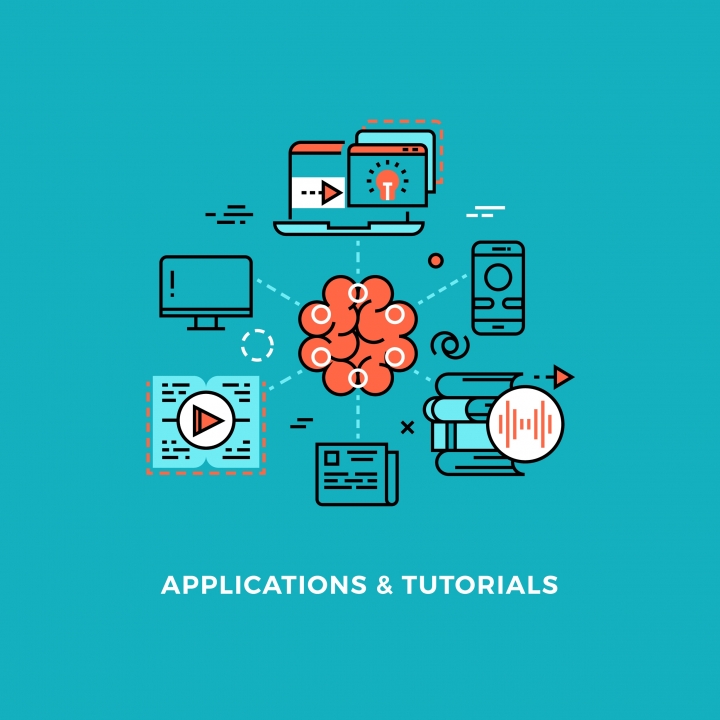How Digital Assistants Will Change Marketing Forever
- Updated on: 2017-05-02
- Read original article here

Early one morning in the not too distant future one of your customers, let’s call her Alice, wakes up and reaches for her phone. What happens next marks a profound change in the way she interacts with your brand.
Alice has just purchased a new phone which contains the next generation of digital assistants. This digital assistant (DA) has access to every piece of data that Alice generates. Through Alice’s permission to access all of her data including her financial information, social networks, and loyalty programs, the DA knows who she has met, what she has bought, what she searches for, who she is connected to, where she goes and what she does.
Each morning Alice’s DA greets her with a message through an app that says: “Good morning Alice, what do you want to do?” Alice responds with “I’ve been at the office a lot recently and let my fitness slip. I’d love to get outside and do some exercise this weekend.”
The DA reminds Alice that she checked into her local tennis club last summer, “Would you like to play again this weekend?” It asks. Alice approves. The DA then responds: “You also have three friends who like the local tennis court on Facebook, should I see if one of them wants to play with you this weekend?”
Alice approves, so the DA sends out a message to all three of those friends from Alice’s Facebook account and sends a court booking email request to the tennis club.
This isn’t the end of the journey. Alice had previously interacted with Nike. This prompts Nike to send a message to her asking if she required a new tennis racket, which can be customizable and shipped to her front door before the game.
This is simply a story of a very possible future. Facebook, Google, Apple and Amazon all have Artificial Powered DAs that are evolving quickly. Consumers will increasingly use digital personal assistants to interact with consumer services in the connected home, according to Gartner, which predicts that, by 2019, in at least 25 per cent of households in developed economies, the digital assistants on smartphones and other devices will serve as the primary interface to connected home services.
We’re already seeing this technology evolving in Australia with brands like Domino’s launching an in-app AI virtual assistant that will allow customers to order a pizza using their voice. Overseas, Campbell Soup Company has built a voice app that suggests what to make for dinner.
These DA apps can give marketers a peek into customers’ behavior and preferences inside their homes. As voice search grows in popularity, we can predict Google and Amazon will open their platforms to additional forms of paid messages from brands.
Consumers are already becoming accustomed to this form of technology. InSalesforces’ State of the Connected Customer Report, 58 per cent of consumers agreed that technology has significantly changed their expectations of how companies should interact with them.
So if this is the world that your customers will soon be expecting what do you do about it? From a leadership perspective, it’s vital to start asking your organization the question, “how can we use emerging technologies like AI to deliver value to our customers and strengthen our brand?”
Most customers understand that personalized journeys are created by brands that collect and integrate data. TheConnected Customer report found 57 per cent of consumers agree they’re willing to share data with companies that send personalized offers and discounts.
Connected customers expect consistent and intelligent experiences across every interaction or communication channel — and a large part of that is being recognized and remembered. 75 per cent of customerssurveyed agreed that they expect companies to provide a consistent experience, whether it is online, social, mobile or in person.
In the age of the customer, technology fundamentally changes the way they interact with companies. Connected customers want to be heard, understood, remembered, and respected. Ultimately, they want to be treated like people — and intelligent application of customer data can help companies deliver experiences with a human touch, at scale.
High-performing marketing teams need to create and engage in one to one customer conversations. While you don’t need to invest in a Digital Assistant app just yet, you should already be curating personalized emails and social media interactions, customized landing pages, product suggestions.
A smarter, more intelligent world is very rapidly evolving. The only question is; are you ready to make the most of it?
For more information on what a more connected customer looks like and how you can meet their expectations right now, check out Salesforce’s State of the Connected Customer report today.
This article was written for the Salesforce ANZ blog.



